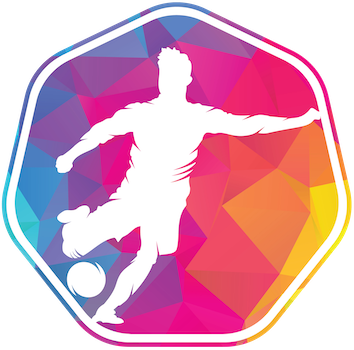Football, the beautiful game, has always been a thrilling blend of athletic prowess, strategic cunning, and unpredictability. However, alongside this excitement, a troubling trend has emerged—an alarming rise in player injuries across Europe’s premier leagues. A recent report by Howden highlights the injury situation, particularly within Germany’s Bundesliga and England’s Premier League, revealing sobering statistics about player welfare and financial repercussions. This article aims to delve deeper into the implications of these findings, analyzing the data while emphasizing the need for introspection and action in professional football.
The Howden report marks a pivotal moment in understanding injuries in professional football. With a total of 4,123 injuries reported in the 2023-24 season across the top five European leagues—Bundesliga, Premier League, LaLiga, Ligue 1, and Serie A—this figure signifies a 4% increase from the previous season and a staggering 37% rise from 2020-21. Most notably, players in Germany’s Bundesliga bear the brunt of these injuries, experiencing the highest frequency of incidents among the major leagues. In stark contrast, despite having fewer injuries, the Premier League incurs the most substantial financial losses due to wage payments for sidelined players.
The reasons behind these statistics require careful examination. Fixture congestion appears to be a key instigator, exacerbated by expanded competitions, including FIFA’s Club World Cup and UEFA’s revamped club tournaments. This increasing calendar density forces players to perform at peak levels more frequently, inevitably leading to overuse and injury. James Burrows, head of sport at Howden, remarked on this significant issue, indicating that the ongoing demands on players are unsustainable.
In addition to the physical burden placed upon players, the financial ramifications for clubs are equally stark. The report estimates that injuries in European football cost clubs approximately €732 million ($797.73 million) in wages last season alone. Over the broader span since the report’s inception in 2020-21, injuries have resulted in an overwhelming €2.3 billion in lost salaries. Such staggering figures raise critical questions regarding the operational sustainability of clubs, particularly smaller teams that may lack the financial muscle to absorb such losses.
In the Premier League, where high expenditures merge with intense competition, the financial stakes are even higher. For instance, Manchester United reported €39 million in injury-related costs due to 75 injuries, highlighting the urgent need for a reevaluation of training practices and player management strategies. Notably, Newcastle United emerged as the team most affected, recording a total of 76 injuries, showcasing how injuries can derail an organization’s ambitions and competitiveness.
The data also reveals concerning trends in the severity of injuries, particularly among younger players. The Howden report indicates that players under the age of 21 now face an increased average lay-off period of 44 days following an injury, a notable rise from 26.5 days the previous season. This trend not only jeopardizes the player’s future but also raises questions about the maturity and resilience of younger athletes in the modern game.
Knee injuries have emerged as a critical concern, with statistics indicating that they reached a record high in the last season. These kinds of injuries yielded sizeable financial repercussions, costing clubs €141 million across the top leagues. Such alarming figures demand immediate intervention from governing bodies and clubs alike; the time has come to prioritize player health over monetary concerns by implementing more holistic training regimens and protective measures.
As football’s landscape continues to evolve, so too must our approach to tackling the burgeoning injury crisis. The need for a cultural shift within clubs is paramount. While financial ramifications are a harsh reality, the focus should extend beyond the balance sheet to embrace player welfare as a top priority.
Leagues should collaborate with medical professionals to devise comprehensive strategies that not only facilitate enhanced recovery protocols but also promote injury prevention through advanced training methodologies. Recognizing the importance of restorative practices and proper load management will be vital in mitigating injury risks. Furthermore, leagues like the Premier League and Bundesliga must engage in meaningful dialogue with players’ unions and stakeholders to express concerns and seek effective resolutions—potentially even averting disruptive strike actions in the process.
As football navigates this injury epidemic, stakeholders must collectively prioritize player health, embracing innovation and collaboration to foster a safer sporting environment. By doing so, football can continue to honor its glorious legacy while securing its future success.

